HydrastinineCAS# 5936-29-8 |
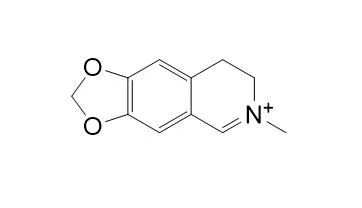
Quality Control & MSDS
Package In Stock
Number of papers citing our products
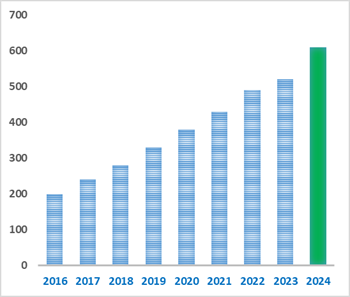
| Cas No. | 5936-29-8 | SDF | Download SDF |
| PubChem ID | N/A | Appearance | Oil |
| Formula | C11H12NO2 | M.Wt | 190.2 |
| Type of Compound | Alkaloids | Storage | Desiccate at -20°C |
| Solubility | Soluble in Chloroform,Dichloromethane,Ethyl Acetate,DMSO,Acetone,etc. | ||
| General tips | For obtaining a higher solubility , please warm the tube at 37 ℃ and shake it in the ultrasonic bath for a while.Stock solution can be stored below -20℃ for several months. We recommend that you prepare and use the solution on the same day. However, if the test schedule requires, the stock solutions can be prepared in advance, and the stock solution must be sealed and stored below -20℃. In general, the stock solution can be kept for several months. Before use, we recommend that you leave the vial at room temperature for at least an hour before opening it. |
||
| About Packaging | 1. The packaging of the product may be reversed during transportation, cause the high purity compounds to adhere to the neck or cap of the vial.Take the vail out of its packaging and shake gently until the compounds fall to the bottom of the vial. 2. For liquid products, please centrifuge at 500xg to gather the liquid to the bottom of the vial. 3. Try to avoid loss or contamination during the experiment. |
||
| Shipping Condition | Packaging according to customer requirements(5mg, 10mg, 20mg and more). Ship via FedEx, DHL, UPS, EMS or other couriers with RT, or blue ice upon request. | ||

Hydrastinine Dilution Calculator

Hydrastinine Molarity Calculator
| 1 mg | 5 mg | 10 mg | 20 mg | 25 mg | |
| 1 mM | 5.2576 mL | 26.2881 mL | 52.5762 mL | 105.1525 mL | 131.4406 mL |
| 5 mM | 1.0515 mL | 5.2576 mL | 10.5152 mL | 21.0305 mL | 26.2881 mL |
| 10 mM | 0.5258 mL | 2.6288 mL | 5.2576 mL | 10.5152 mL | 13.1441 mL |
| 50 mM | 0.1052 mL | 0.5258 mL | 1.0515 mL | 2.103 mL | 2.6288 mL |
| 100 mM | 0.0526 mL | 0.2629 mL | 0.5258 mL | 1.0515 mL | 1.3144 mL |
| * Note: If you are in the process of experiment, it's necessary to make the dilution ratios of the samples. The dilution data above is only for reference. Normally, it's can get a better solubility within lower of Concentrations. | |||||

Calcutta University

University of Minnesota

University of Maryland School of Medicine

University of Illinois at Chicago
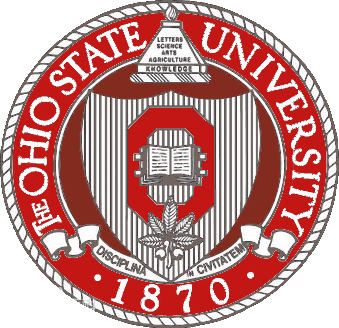
The Ohio State University
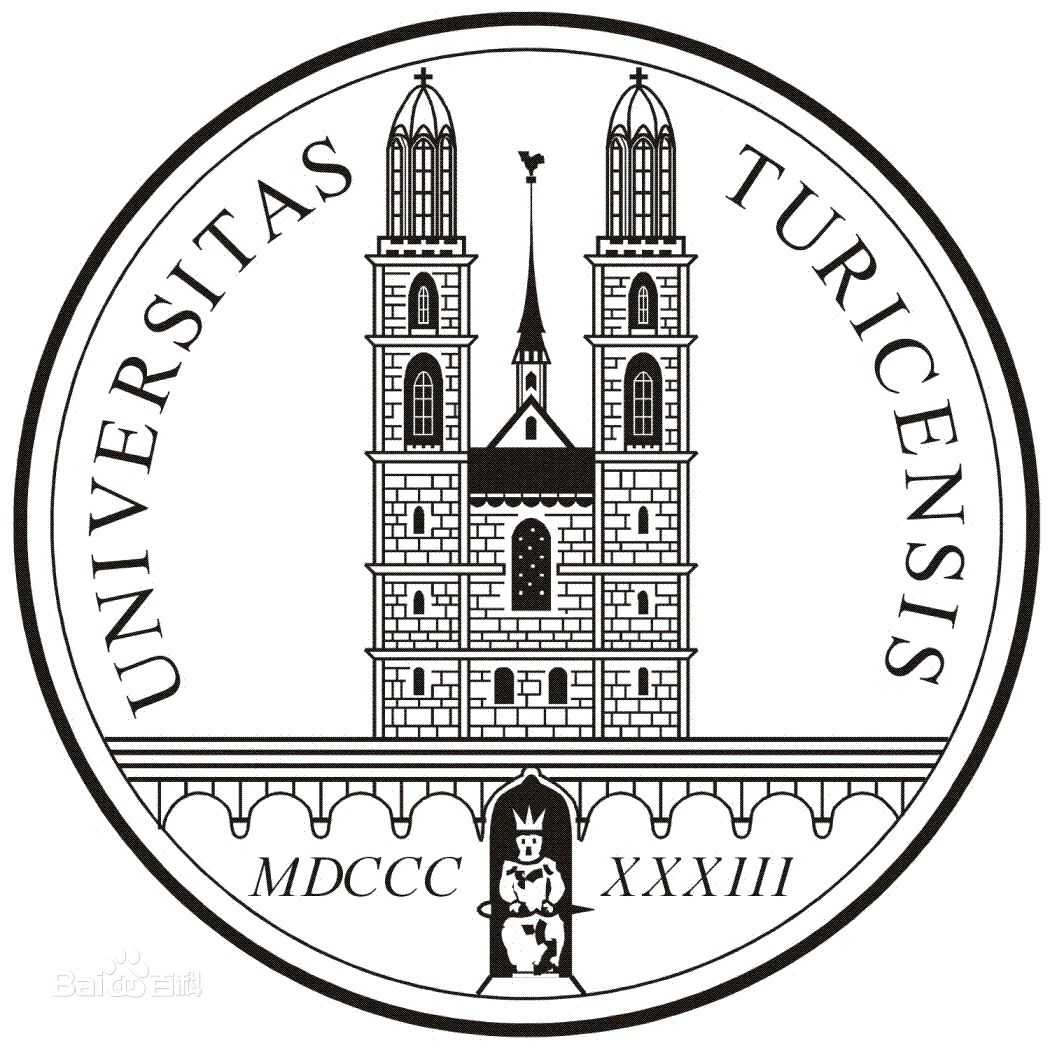
University of Zurich

Harvard University

Colorado State University
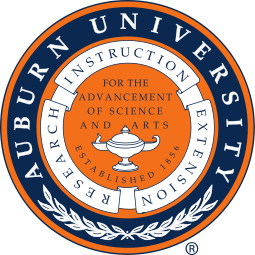
Auburn University
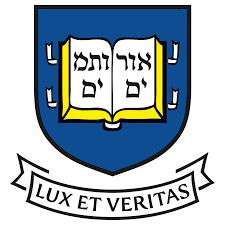
Yale University

Worcester Polytechnic Institute
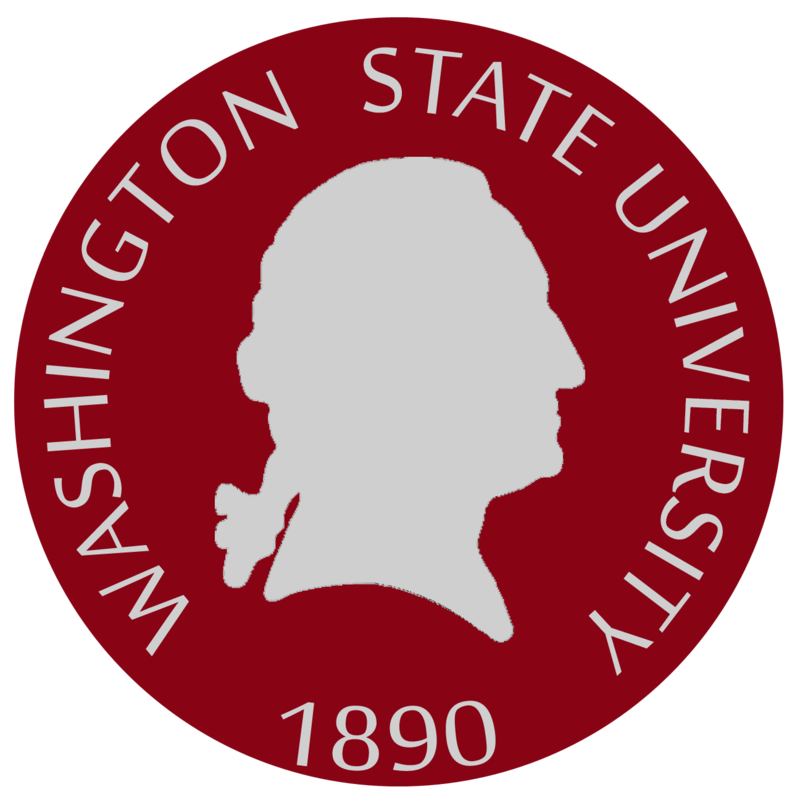
Washington State University
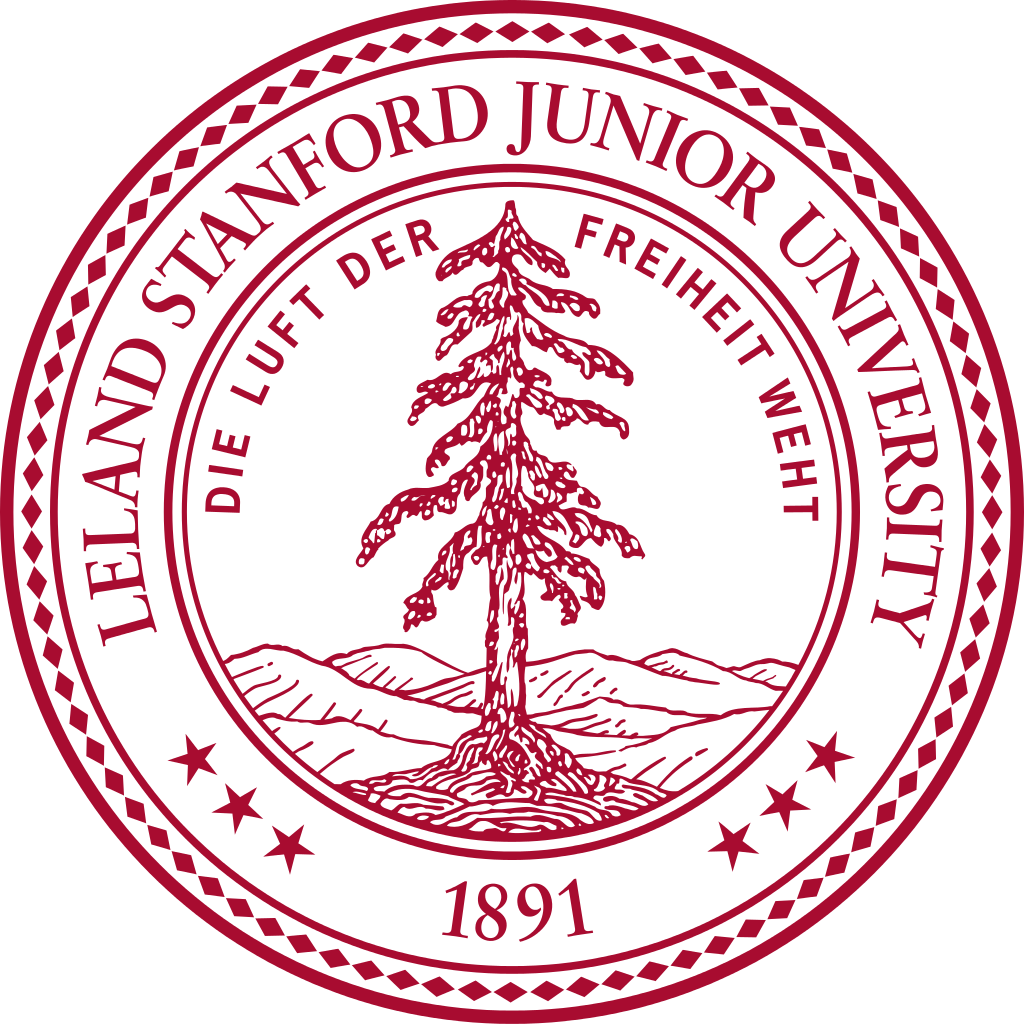
Stanford University

University of Leipzig
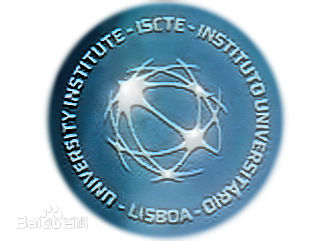
Universidade da Beira Interior
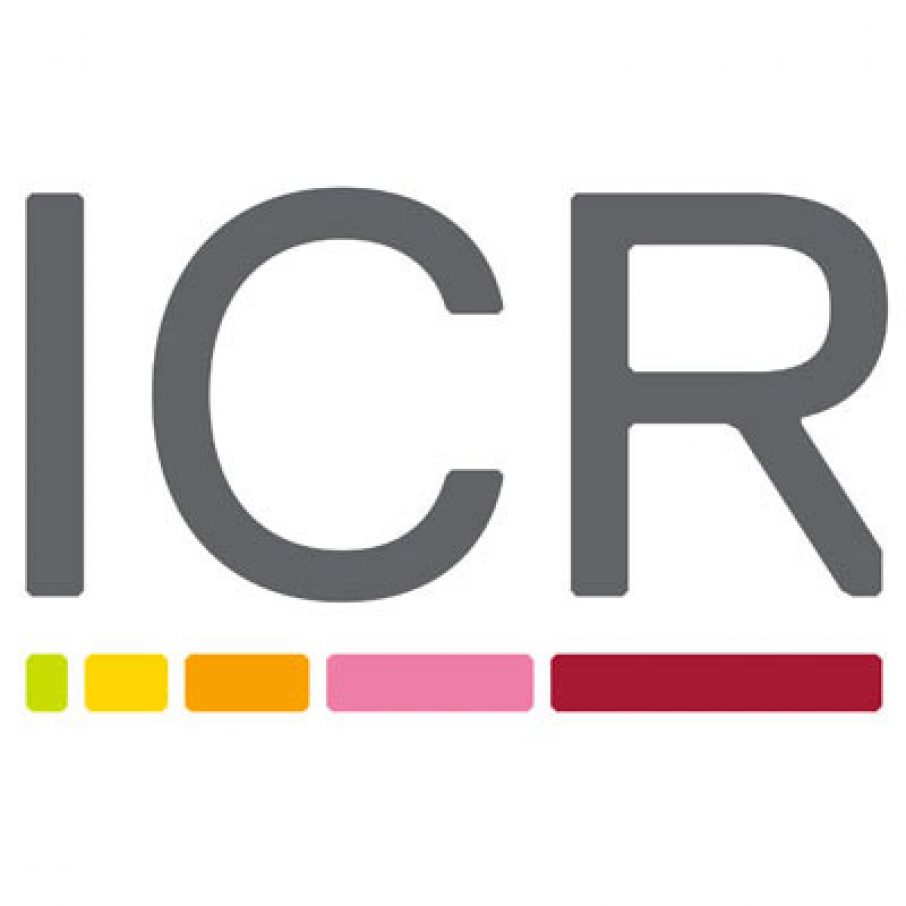
The Institute of Cancer Research
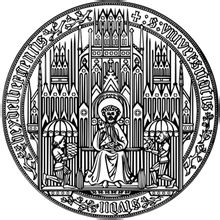
Heidelberg University

University of Amsterdam

University of Auckland

TsingHua University
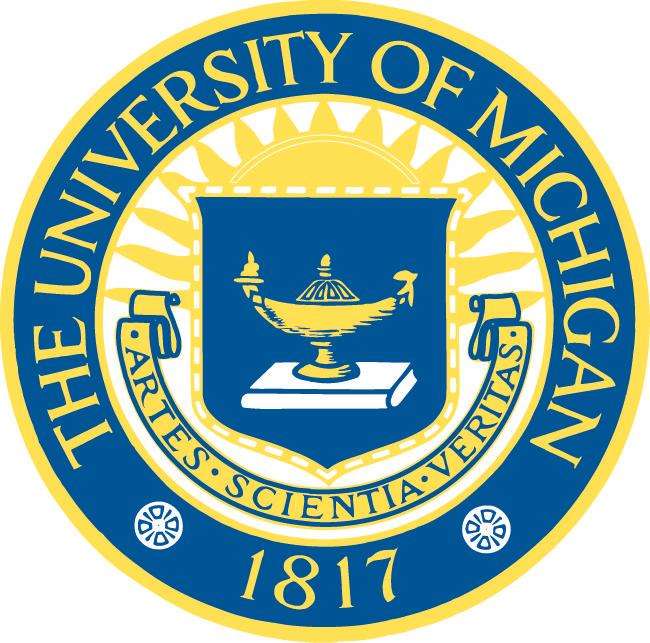
The University of Michigan

Miami University
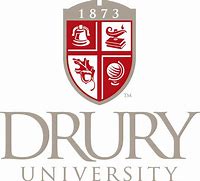
DRURY University
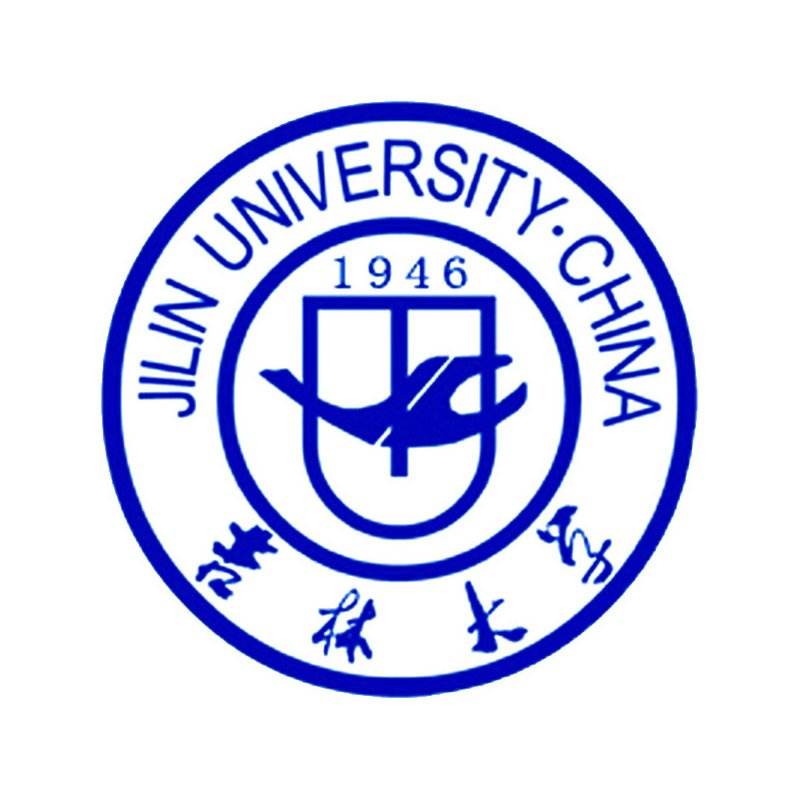
Jilin University
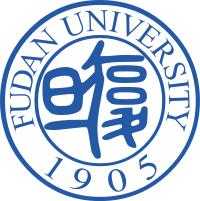
Fudan University
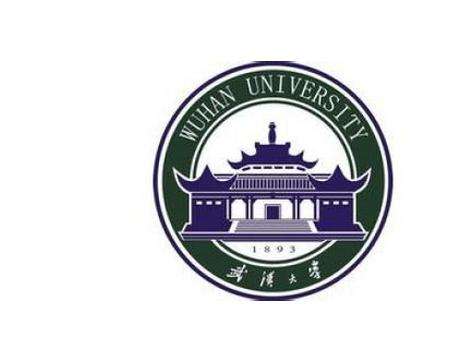
Wuhan University
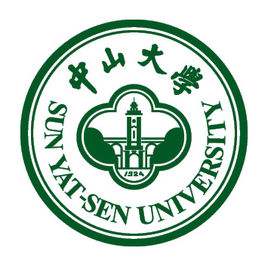
Sun Yat-sen University

Universite de Paris

Deemed University
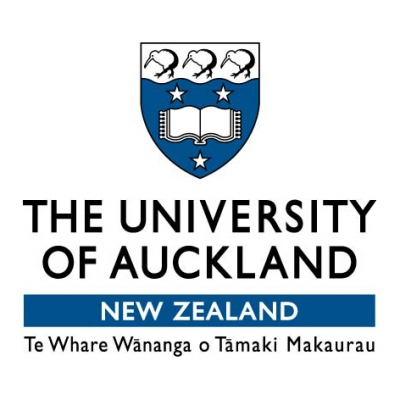
Auckland University
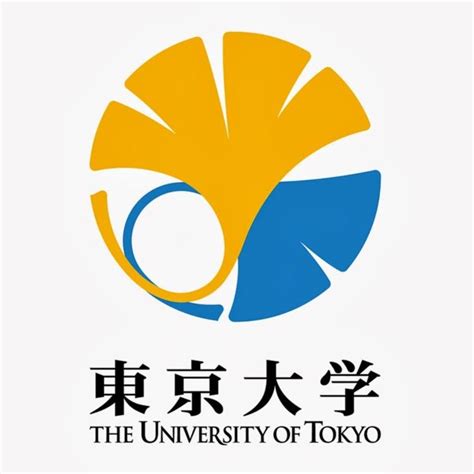
The University of Tokyo

Korea University
- Notoginsenoside E
Catalog No.:BCX2142
CAS No.:193976-50-0
- 5-Allyl-1-methoxy-2,3-dihydroxybenzene
Catalog No.:BCX2141
CAS No.:4055-72-5
- Auranamide
Catalog No.:BCX2140
CAS No.:740813-53-0
- Terrestriamide
Catalog No.:BCX2139
CAS No.:157536-49-7
- Quercetin-5-O-glucoside-3-O-rutinoside
Catalog No.:BCX2138
CAS No.:1478622-04-6
- Praeroside I
Catalog No.:BCX2137
CAS No.:121064-73-1
- Cryptostigmin II
Catalog No.:BCX2136
CAS No.:50906-57-5
- Davidigenin
Catalog No.:BCX2135
CAS No.:23130-26-9
- Pinocembrin 7-O-neohesperidoside
Catalog No.:BCX2134
CAS No.:13241-31-1
- Gerardianin A
Catalog No.:BCX2133
CAS No.:137171-31-4
- Euphopiloside A
Catalog No.:BCX2132
CAS No.:1610615-04-7
- Graciliflorin F
Catalog No.:BCX2131
CAS No.:1413941-67-9
- 15-O-Methylgraciliflorin F
Catalog No.:BCX2144
CAS No.:1411994-51-8
- 4-Hydroxy-2-methoxybenzoic acid
Catalog No.:BCX2145
CAS No.:90111-34-5
- Mangostanin
Catalog No.:BCX2146
CAS No.:463342-39-4
Goldenseal-Mediated Inhibition of Intestinal Uptake Transporters Decreases Metformin Systemic Exposure in Mice.[Pubmed:37562957]
Drug Metab Dispos. 2023 Nov;51(11):1483-1489.
Goldenseal is a perennial plant native to eastern North America. A recent clinical study reported goldenseal decreased metformin C(max) and area under the blood concentration versus time curve (AUC) by 27% and 23%, respectively, but half-life and renal clearance were unchanged. These observations suggested goldenseal altered processes involved in metformin absorption. The underlying mechanism(s) remain(s) unknown. One mechanism for the decreased metformin systemic exposure is inhibition by goldenseal of intestinal uptake transporters involved in metformin absorption. Goldenseal extract and three goldenseal alkaloids (berberine, (-)-beta-hydrastine, Hydrastinine) were tested as inhibitors of organic cation transporter (OCT) 3, plasma membrane monoamine transporter (PMAT), and thiamine transporter (THTR) 2 using human embryonic kidney 293 cells overexpressing each transporter. The goldenseal extract, normalized to berberine content, was the strongest inhibitor of each transporter (IC(50): 4.9, 13.1, and 5.8 muM for OCT3, PMAT, and THTR2, respectively). A pharmacokinetic study in mice compared the effects of berberine, (-)-beta-hydrastine, goldenseal extract, and imatinib (OCT inhibitor) on orally administered metformin. Goldenseal extract and imatinib significantly decreased metformin C(max) by 31% and 25%, respectively, and had no effect on half-life. Berberine and (-)-beta-hydrastine had no effect on metformin pharmacokinetics, indicating neither alkaloid alone precipitated the interaction in vivo. A follow-up murine study involving intravenous metformin and oral inhibitors examined the contributions of basolateral enteric/hepatic uptake transporters to the goldenseal-metformin interaction. Goldenseal extract and imatinib had no effect on metformin AUC and half-life, suggesting lack of inhibition of basolateral enteric/hepatic uptake transporters. Results may have implications for patients taking goldenseal with drugs that are substrates for OCT3 and THTR2. SIGNIFICANCE STATEMENT: Goldenseal is used to self-treat respiratory infections and digestive disorders. We investigated potential mechanisms for the clinical pharmacokinetic interaction observed between goldenseal and metformin, specifically inhibition by goldenseal of intestinal uptake transporters (OCT3, PMAT, THTR2) involved in metformin absorption. Goldenseal extract inhibited all three transporters in vitro and decreased metformin systemic exposure in mice. These data may have broader implications for patients co-consuming goldenseal with other drugs that are substrates for these transporters.
Modulation of Major Human Liver Microsomal Cytochromes P450 by Component Alkaloids of Goldenseal: Time-Dependent Inhibition and Allosteric Effects.[Pubmed:32591416]
Drug Metab Dispos. 2020 Oct;48(10):1018-1027.
Botanical and other natural products (NPs) are often coconsumed with prescription medications, presenting a risk for cytochrome P450 (P450)-mediated NP-drug interactions. The NP goldenseal (Hydrastis canadensis) has exhibited antimicrobial activities in vitro attributed to isoquinoline alkaloids contained in the plant, primarily berberine, (-)-beta-hydrastine, and to a lesser extent, Hydrastinine. These alkaloids contain methylenedioxyphenyl rings, structural alerts with potential to inactivate P450s through formation of metabolic intermediate complexes. Time-dependent inhibition experiments were conducted to evaluate their ability to inhibit major P450 activities in human liver microsomes by using a cocktail of isozyme-specific substrate probes. Berberine inhibited CYP2D6 (dextromethorphan O-demethylation; K (I) = 2.7 muM, k(inact) = 0.065 minute(-1)) and CYP3A4/5 (midazolam 1'-hydroxylation; K (I) = 14.8 muM, k(inact) = 0.019 minute(-1)); (-)-beta-hydrastine inhibited CYP2C9 (diclofenac 4'-hydroxylation; K (I) = 49 muM, k(inact) = 0.036 minute(-1)), CYP2D6 (K (I) > 250 muM, k(inact) > 0.06 minute(-1)), and CYP3A4/5 (K (I) = 28 muM, k(inact) = 0.056 minute(-1)); and Hydrastinine inhibited CYP2D6 (K (I) = 37 muM, k(inact) = 0.049 minute(-1)) activity. Berberine additionally exhibited allosteric effects on midazolam hydroxylation, showing both positive and negative heterotropic cooperativity. Experiments with recombinant isozymes showed that berberine activated midazolam 1'-hydroxylation by CYP3A5, lowering K (m(app)), but showed mixed inhibition and negative cooperativity toward this reaction when catalyzed by CYP3A4. Berberine inactivated CYP3A4 at a much faster rate than CYP3A5 and was a noncompetitive inhibitor of midazolam 4-hydroxylation by CYP3A4 but a strong mixed inhibitor of the CYP3A5 catalyzed reaction. These complex kinetics should be considered when extrapolating the risk for NP-drug interactions involving goldenseal. SIGNIFICANCE STATEMENT: Robust kinetic parameters were determined for the reversible and time-dependent inhibition of CYP2C9, CYP2D6, and CYP3A4/5 activities in human liver microsomes by major component isoquinoline alkaloids contained in the botanical natural product goldenseal. The alkaloid berberine also exhibited opposing, isozyme-specific allosteric effects on midazolam hydroxylation mediated by recombinant CYP3A4 (inhibition) and CYP3A5 (activation). These data will inform the development of a physiologically based pharmacokinetic model that can be used to predict potential clinically relevant goldenseal-drug interactions.
Mechanism study of goldenseal-associated DNA damage.[Pubmed:23747414]
Toxicol Lett. 2013 Jul 31;221(1):64-72.
Goldenseal has been used for the treatment of a wide variety of ailments including gastrointestinal disturbances, urinary tract disorders, and inflammation. The five major alkaloid constituents in goldenseal are berberine, palmatine, hydrastine, Hydrastinine, and canadine. When goldenseal was evaluated by the National Toxicology Program (NTP) in the standard 2-year bioassay, goldenseal induced an increase in liver tumors in rats and mice; however, the mechanism of goldenseal-associated liver carcinogenicity remains unknown. In this study, the toxicity of the five goldenseal alkaloid constituents was characterized, and their toxic potencies were compared. As measured by the Comet assay and the expression of gamma-H2A.X, berberine, followed by palmatine, appeared to be the most potent DNA damage inducer in human hepatoma HepG2 cells. Berberine and palmatine suppressed the activities of both topoisomerase (Topo) I and II. In berberine-treated cells, DNA damage was shown to be directly associated with the inhibitory effect of Topo II, but not Topo I by silencing gene of Topo I or Topo II. In addition, DNA damage was also observed when cells were treated with commercially available goldenseal extracts and the extent of DNA damage was positively correlated to the berberine content. Our findings suggest that the Topo II inhibitory effect may contribute to berberine- and goldenseal-induced genotoxicity and tumorigenicity.
Quantitative determination of alkaloids from roots of Hydrastis canadensis L. and dietary supplements using ultra-performance liquid chromatography with UV detection.[Pubmed:23175972]
J AOAC Int. 2012 Sep-Oct;95(5):1398-405.
Ultra-performance liquid chromatography (UPLC) with UV detection was used for the quantification of alkaloids from roots of Hydrastis canadensis L. (goldenseal) and dietary supplements claiming to contain goldenseal. The analysis was performed on a Waters Acquity UPLC system with an Acquity UPLC BEH Shield RP18 column using gradient elution with ammonium formate and acetonitrile containing formic acid. The chromatographic run time was less than 6 min. The detection wavelength used for beta-hydrastine and canadine was 290 nm; for Hydrastinine, coptisine, jatrorrhizine, palmatine, and berberine, it was 344 nm. A total of five different extraction solvents, including 100% methanol, 90% methanol, 90% methanol + 1% acetic acid, 90% acetonitrile + 0.1% phosphoric acid, and 100% acetonitrile, were tested for recovery of the major compounds. The samples extracted with the 90% methanol + 1% acetic acid displayed the best recovery (>97%). The analytical method was validated for linearity, repeatability, LOD, and LOQ. The RSDs for intraday and interday experiments were less than 3.5%, and the recovery was 98-103%. UPLC/MS with a quadrupole mass analyzer and electrospray ionization source was used to confirm the identity of seven alkaloids. The analytical method was successfully applied to confirm the identification of seven alkaloids from the roots of H. canadensis, dietary supplements that claimed to contain goldenseal, and possible adulterant species.
Photochemistry and photocytotoxicity of alkaloids from Goldenseal (Hydrastis canadensis L.) 3: effect on human lens and retinal pigment epithelial cells.[Pubmed:17645667]
Photochem Photobiol. 2007 Jul-Aug;83(4):938-43.
The dried root or rhizome of Goldenseal (Hydrastis canadensis L.) contains several alkaloids including berberine, hydrastine, palmatine and lesser amounts of canadine and Hydrastinine. Preparations derived from Goldenseal have been used to treat skin and eye ailments. Berberine, the major alkaloid in Goldenseal root powder, has been used in eye drops to treat trachoma, a disease characterized by keratoconjunctivitis. Berberine and palmatine are also present in extracts from Berberis amurensis Ruprecht (Berberidaceae) which are used to treat ocular disorders. We have previously shown that Goldenseal alkaloids are phototoxic to keratinocytes (Chem Res Toxicol. 14, 1529, 2001; ibid 19, 739, 2006) and now report their effect on human lens and retinal pigment epithelial cells. Human lens epithelial cells (HLE-B3) were severely damaged when incubated with berberine (25 microM) and exposed to UVA (5 J cm(-2)). Under the same conditions, palmatine was less phototoxic and hydrastine, canadine and Hydrastinine were inactive. Moderate protection against berberine phototoxicity was afforded by the antioxidants ascorbate (2 mM) and N-acetylcysteine (5 mM). When exposed to UVA (5 J cm(-2)) both berberine (10 microM) and palmatine (10 microM) caused mild DNA damage as determined by the alkaline comet assay which measures single strand breaks. Berberine and palmatine are the only Goldenseal alkaloids with appreciable absorption above 400 nm. Because light at wavelengths below 400 nm is cut off by the anterior portion of the adult human eye only berberine and palmatine were tested for phototoxicity to human retinal pigment epithelial (hRPE) cells. Although berberine did damage hRPE cells when irradiated with visible light (lambda > 400 nm) approximately 10 times higher concentrations were required to produce the same amount of damage as seen in lens cells. Palmatine was not phototoxic to hRPE cells. Neither berberine nor palmatine photodamaged DNA in hRPE. Infusions of Goldenseal are estimated to contain approximately 1 mM berberine, while in tinctures the alkaloid concentration may be more than 10 times higher. Our findings show that eyewashes and lotions derived from Goldenseal or containing berberine must be used with caution when the eyes are exposed to bright sunlight but that oral preparations are not likely to cause ocular phototoxicity.
Thin-layer chromatography/desorption electrospray ionization mass spectrometry: investigation of goldenseal alkaloids.[Pubmed:17338504]
Anal Chem. 2007 Apr 1;79(7):2778-89.
Desorption electrospray ionization mass spectrometry was investigated as a means to qualitatively identify and to quantify analytes directly from developed normal-phase thin-layer chromatography plates. The atmospheric sampling capillary of a commercial ion trap mass spectrometer was extended to permit sampling and ionization of analytes in bands separated on intact TLC plates (up to 10 cmx10 cm). A surface positioning software package and the appropriate hardware enabled computer-controlled surface scanning along the length of development lanes or at fixed Rf value across the plates versus the stationary desorption electrospray emitter. Goldenseal (Hydrastis canadensis) and related alkaloids and commercial dietary supplements were used as standards and samples. Alkaloid standards and samples were spotted and separated on aluminum- or glass-backed plates using established literature methods. The mass spectral signal levels as a function of desorption spray solvent were investigated with acetonitrile proving superior to methanol. The detection levels (approximately 5 ng each or 14-28 pmol) in mass spectral full-scan mode were determined statistically from the calibration curves (2.5-100 pmol) for the standards berberine, palmatine, and Hydrastinine spotted as a mixture and separated on the plates. Qualitative screening of the major alkaloids present in six different over-the-counter "goldenseal" dietary supplements was accomplished by obtaining full-scan mass spectra during surface scans along the development lane in the direction of increasing Rf value. In one sample, alkaloids were detected that strongly suggested the presence of at least one additional herb undeclared on the product label. These same data indicated the misidentification of one of the alkaloids in the TLC literature. Quantities of the alkaloids present in two of the samples determined using the mass spectral data were in reasonable agreement with the label values, indicating the quantitative ability of the method. The advantage of mass spectral measurements in identifying and quantifying materials within overlapping bands and in providing positive identification for even minor species in a mixture was also demonstrated.
The origin of MDMA ("ecstasy")--separating the facts from the myth.[Pubmed:17152992]
Pharmazie. 2006 Nov;61(11):966-72.
MDMA (3,4-methylenedioxy-N-methylamphetamine), better known as "Ecstasy", is a synthetic drug with psychedelic and stimulant effects which has gained great popularity. It is closely tied to the underground scene, but has also been used therapeutically as an adjunct to psychotherapy. Both scientific as well as newspaper articles communicate faulty or incomplete information on the origin of MDMA and the role of the German pharmaceutical-chemical company Merck in its development. One of the most common misconceptions is that the substance was synthesized with the goal of creating an anorectic but was not marketed by Merck because of side effects. It was our aim to clarify the circumstances of MDMA's discovery at Merck. An interdisciplinary working group conducted a comprehensive analysis of the original documents in Merck's historical archive in Darmstadt, Germany. It could be revealed that MDMA was in fact mentioned for the first time in files from 1912, but not under this name. In the lab journals it was called "Methylsafrylamin". In a patent certificate it was mentioned only with its chemical structure. Merck applied for this patent to protect an alternative chemical method for synthesizing the styptic Hydrastinine, not appetite suppressants. MDMA was not the key substance in this patent, only a precursor. Archive documents revealed that Merck's scientists did not perform basic pharmacological tests with MDMA (now called "Safrylmethylamin") before 1927. These tests were halted for economic reasons. In the 1950s, primitive toxicological studies were conducted but MDMA was not tested in humans.
Photochemistry and photocytotoxicity of alkaloids from Goldenseal (Hydrastis canadensis L.). 2. Palmatine, hydrastine, canadine, and hydrastinine.[Pubmed:16780351]
Chem Res Toxicol. 2006 Jun;19(6):739-44.
Goldenseal is an herb that is widely used in dietary supplements, eye washes, and skin lotions. The presence of Goldenseal root powder in dietary supplements and the topical application of Goldenseal preparations raise the possibility that an adverse phototoxic reaction may result from an interaction between its constituent alkaloids and light in exposed tissues. We have previously shown that berberine, the major alkaloid in Goldenseal powder, in combination with UVA causes DNA damage and cell death in HaCaT keratinocytes [(2001) Chem. Res. Toxicol. 14, 1529]. We have studied the photochemical and photobiological properties of four minor alkaloids found in Goldenseal, namely, hydrastine, palmatine, canadine, and Hydrastinine. UVA radiation of palmatine in aqueous solutions generated no (1)O(2), but in CH(2)Cl(2), copious amounts of (1)O(2) were detected (Phi = 0.2). Palmatine also photogenerated oxygen-centered radicals, (*)OH and O(2)(*)(-) in aerated aqueous buffer and acetonitrile, respectively, as detected by the spin trap 5,5-dimethyl-1-pyrroline N-oxide (DMPO). In nitrogen-sparged acetonitrile containing DMPO, we observed the neutral palmatine radical formed by one-electron reduction. UVA irradiation (4 J/cm(2)) of HaCaT keratinocytes in the presence of palmatine (50 microM) resulted in a 50% decrease in cell viability but no DNA damage as measured by the comet assay. UVA irradiation of hydrastine, Hydrastinine, or canadine (50 microM) did not cause DNA damage or cell death in keratinocytes. Although palmatine is photoactive, it is present in such small amounts in Goldenseal root powder that the phototoxicity of the herb is most likely due to berberine, the major constituent alkaloid.
[Extraction and HPLC analysis of alkaloids in goldenseal].[Pubmed:15969129]
Sheng Wu Gong Cheng Xue Bao. 2004 Mar;20(2):306-8.
An ambient extraction of goldenseal root powder followed by HPLC analysis of the alkaloids on a Zorbax Rapid Resolution Eclipse XDB-C18 column provides an accurate method for the determination of key alkaloids in goldenseal, including berberine and hydrastine. The extraction and HPLC analysis can be applied to several other alkaloids, including canadine, Hydrastinine, and palmatine, and may be applicable to other berberine-containing plant roots. The Rapid Resolution Eclipse XDB-C18 column is used for an isocratic separation with high resolution of all componentsin under 15 minutes.
Chemical comparison of goldenseal (Hydrastis canadensis L.) root powder from three commercial suppliers.[Pubmed:14640583]
J Agric Food Chem. 2003 Dec 3;51(25):7352-8.
The characterization of herbal materials is a significant challenge to analytical chemists. Goldenseal (Hydrastis canadensis L.), which has been chosen for toxicity evaluation by NIEHS, is among the top 15 herbal supplements currently on the market and contains a complex mixture of indigenous components ranging from carbohydrates and amino acids to isoquinoline alkaloids. One key component of herbal supplement production is botanical authentication, which is also recommended prior to initiation of efficacy or toxicological studies. To evaluate material available to consumers, goldenseal root powder was obtained from three commercial suppliers and a strategy was developed for characterization and comparison that included Soxhlet extraction, HPLC, GC-MS, and LC-MS analyses. HPLC was used to determine the weight percentages of the goldenseal alkaloids berberine, hydrastine, and canadine in the various extract residues. Palmatine, an isoquinoline alkaloid native to Coptis spp. and other common goldenseal adulterants, was also quantitated using HPLC. GC-MS was used to identify non-alkaloid constituents in goldenseal root powder, whereas LC-MS was used to identify alkaloid components. After review of the characterization data, it was determined that alkaloid content was the best biomarker for goldenseal. A 20-min ambient extraction method for the determination of alkaloid content was also developed and used to analyze the commercial material. All three lots of purchased material contained goldenseal alkaloids Hydrastinine, berberastine, tetrahydroberberastine, canadaline, berberine, hydrastine, and canadine. Material from a single supplier also contained palmatine, coptisine, and jatrorrhizine, thus indicating that the material was not pure goldenseal. Comparative data for three commercial sources of goldenseal root powder are presented.
Effects of hydrastine derivatives on dopamine biosynthesis in PC12 cells.[Pubmed:11582536]
Planta Med. 2001 Oct;67(7):609-13.
The effects of hydrastine derivatives on dopamine biosynthesis in PC12 cells were investigated. Treatments of PC12 cells with (1R,9S)-beta-hydrastine hydrochloride [(+)-beta-hydrastine HCl] and (1R,9S)-beta-hydrastine [(-)-beta-hydrastine] showed 50.6 % and 33.1 % inhibition of dopamine content at a concentration of 10 microM for 48 h. However, (1S,9R)-beta-hydrastine [(+)-beta-hydrastine] and Hydrastinine hydrochloride did not reduce dopamine content. The IC(50) values of (1R,9S)-beta-hydrastine hydrochloride and (1R,9S)-beta-hydrastine were 9.3 microM and 20.7 microM , respectively. Next, the intracellular mechanisms of (1R,9S)-beta-hydrastine hydrochloride in PC12 cells were investigated. Dopamine content decreased at 6 h and reached a minimal level at 24 h after the exposure of PC12 cells to 20 microM (1R,9S)-beta-hydrastine hydrochloride. Tyrosine hydroxylase (TH) activity was inhibited at 6 h following the treatment with (1R,9S)-beta-hydrastine hydrochloride, and was maintained at a reduced level for up to 36 h in PC12 cells (17 - 27 % inhibition at 20 microM), whereas TH mRNA level was not found to alter for 24 h. However, the level of intracellular Ca++ concentration decreased by treatment with (1R,9S)-beta-hydrastine hydrochloride at 20 microM by 18.4 % inhibition relative to the control level in PC12 cells. These results suggest that (1R,9S)-beta-hydrastine hydrochloride contributes partially to the decrease in dopamine content by the inhibition of TH activity in PC12 cells.
[Contamination of illegal amphetamine. Hydrastatinine as a contaminant in 3,4-(methylenedioxy)methylamphetamine].[Pubmed:1953248]
Arch Kriminol. 1991 Jul-Aug;188(1-2):54-7.
A new impurity was found in MDMA preparations, the tricyclic alcaloid Hydrastinine. Production of MDMA was done by low pressure amination of 3,4-(methylenedioxy)propanone-2 with methylamine.
Antidopaminergic effects of bisbenzyl and benzyl tetrahydroisoquinoline alkaloids.[Pubmed:3938207]
Arch Int Pharmacodyn Ther. 1985 Nov;278(1):53-60.
Several bisbenzyl and benzyl tetrahydroisoquinoline (THIQ) alkaloids and bulbocapnine were examined for their abilities to displace 3H-spiperone binding from rat striatal membranes and to antagonize apomorphine-induced rotation in mice with unilateral striatal 6-hydroxydopamine lesions. Receptor binding study showed that bulbocapnine, bisbenzyl and benzyl THIQs exhibited an affinity for dopamine receptors spanning a seven-fold range. In lesioned mice, dauricine, several benzyl THIQs and THIQs antagonized apomorphine-induced rotation. The order of potencies in this test was: dauricine greater than Hydrastinine greater than M-9260 greater than demethylcoclaurine, bulbocapnine much greater than cycleanine. In this test, the order of potency did not parallel that in the dopamine receptor binding test. These results suggest that dauricine, THIQs and several benzyl THIQ alkaloids have dopamine receptor blocking activity.
[Biotransformation and Stability of Hydrocotarnine and Diazocarbonylhydrocotarnine and -hydrohydrastinine derivatives (author's transl)].[Pubmed:545353]
Pharmazie. 1979 Dec;34(12):830-7.
After oral application of the weakly basic (pKs = 6.18-6.26) and relatively stable (1 at pH = 7.4; t1/2(35 degrees C) = 6.9 h) secondary 1-diazocarbonylhydrocotarnine or -hydroHydrastinine derivatives 1-4 and of hydrocotarnine (6) to rats, a total of 18 metabolites, predominantly isoquinolines of varying degrees of hydrogenation (7-19), were isolated from 48-hour urine specimens. These isoquinolines result from cleavage of the C-1/C-1' bond as well as from oxygenation (11, 15, 17-19), N-dealkylation (13, 15, 17-19) and O-dealkylation (8-12, 18, 19). Among these isoquinolines were some phenolic betaines (8-11) of which 9 is the major metabolite of the cotarnine derivatives. Furthermore, C-1-substituted metabolites as well as metabolites with benzo-1,2-diazaindolizine (23, 24) or benzodiazepine structure (20, 21) were isolated. Also in an aqueous-alkaline or an aqueous-acidic medium, the cleavage of the C-1/C-1' bond as well as the formation of benzodiazepines follows a non-enzymatic pathway as evidenced by stability studies. The structures assigned to the different compounds are supported by high-resolved mass spectra, further spectroscopic studies (UV, IR and 1H-NMR spectra) and, in part, by comparison with authentical material.


